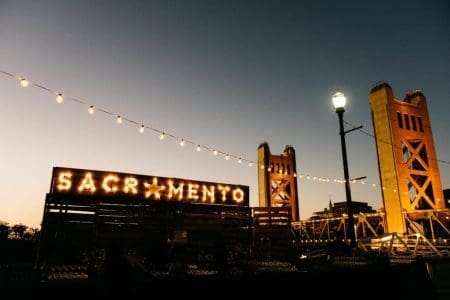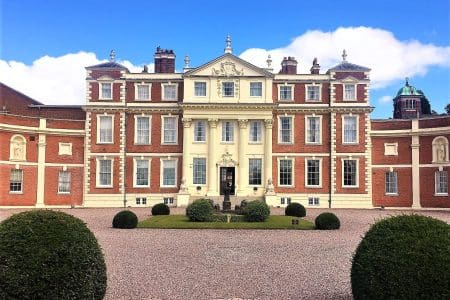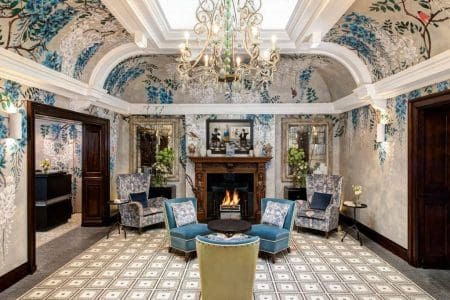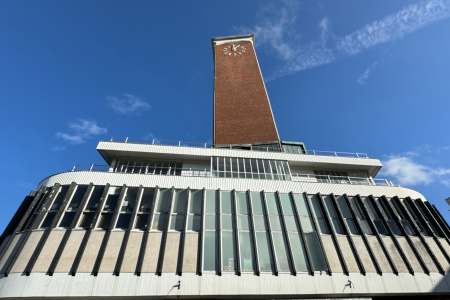Robert Spellman travels to Haarlem city in the Netherlands and discovers a city rich in culture and a laid-back attitude.
I’m at a point now where “could I live here?” is the default question on arrival at any new place. The protracted escape from London (that in truth will probably never happen) includes much half-serious scouting. After two trains – a Eurostar journey from Kings Cross to Amsterdam followed by a 20-minute trundle west to Haarlem from Amsterdam – I arrived in the Dutchy city on a crisp winter midday, pleased I hadn’t flown, and within about five minutes the answer came: a sure “yes”.
It’s such a relaxed and charming place. The baroque architecture of the old town begins to unfold as you leave the station, and before long one is engulfed by a city very much unchanged from its 17th-century Golden Age. Under Spanish rule in the previous century, Haarlem suffered a “great fire”, then the rulers left, and Protestants and Catholics were granted equal status. In this more liberal era the rebuilt city flourished, and became renowned for its silk and linen industries. Destruction could have visited again three centuries later, but the Luftwaffe ignored Haarlem and today it stands beautifully intact.
Haarlem Grote Markt
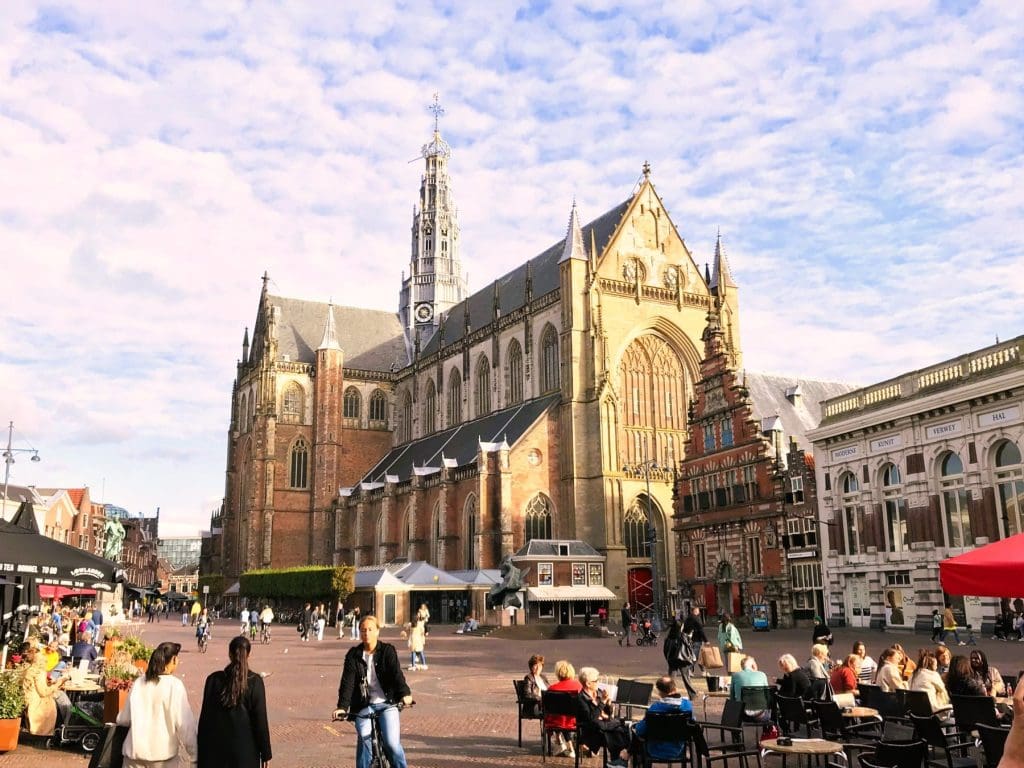
The many bars, restaurants and shops of the old town blend nicely with the enveloping antiquity, and though central, the Amrath Grand Hotel Frans Hals, my place of repose, discreetly hides its modern facade around a corner.
After an excellent tuna tartare sandwich at Dané restaurant, it is to Grote Markt main square at the historic heart of the old town where the chocolate-box City Hall and 15th-century St Bavokerk church dominate. The painter Frans Hals is buried beneath the church floor and Mozart is said to have played the famous 30-metre high Muller organ here. The old part is completely enclosed by canals, and with a leaflet from the tourist office it’s easy to explore the pretty local buildings on foot. Most walks begin from the Grote Markt and are usually self-guided.
Haarlem Almshouses
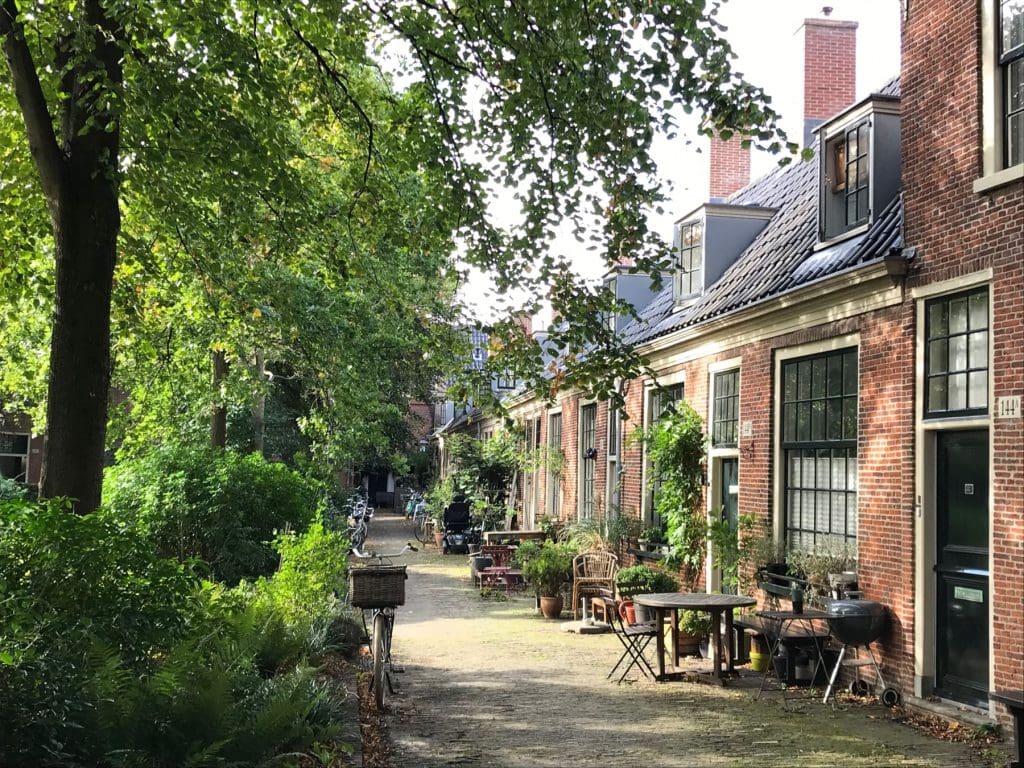
The crowning delight of the trip for me was the “hidden green oases” of the Haarlem almshouses walk. Amsterdam also has its almshouse tradition but I wonder if they’re as dinky as the small, verdant homes I discovered here. The oldest type, from the 12th century, were for beguines (single women of the laity) and while none of these appear to have survived, the houses build in the 17th and 18th centuries by the wealthy for the care of aged and vulnerable women have a direct link to this tradition.
These gorgeous homes surrounding quaint little courtyard gardens – or “hofjes” – spilling over with wild plants or neatly lined topiary, are concealed on the outskirts of the old town. They were entered by a gate which was locked at night and many still function as havens for women.
My favourite, rather predictably, is oldest existing hofje in the Netherlands, the Van Bakenes almshouses established in 1395. A sign above the gate reads: “Dirck van Bakenes for women eight and twice six”. This refers to the number of women housed here, 20, and a minimum age requirement of 60. These white and terracotta cottages encircle a courtyard filled with flowers and feature a water pump within a baldachin. The walk takes an hour-and-a-half and access to the courtyards and houses varies. At one point my guide Marije informed me that Haarlem properties are sold by the square metre, and with a current rate of around €6,000 my dream of relocation is dashed.
Frans Hals Museum
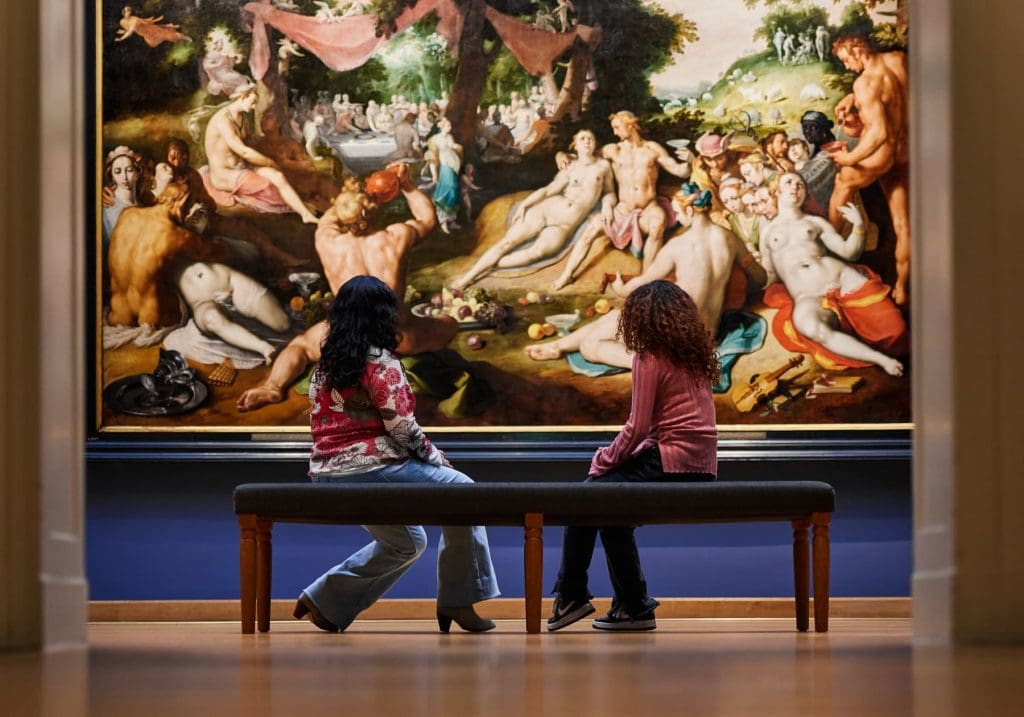
On the southern edge of the old town, another must-visit is the Frans Hals Museum which contains the world’s largest collection of paintings by the Dutch master (though not the Laughing Cavalier which resides in London) numbering a surprisingly small 15. However, this elegant and uplifting gallery includes Hals’ only known self-portrait and many of his groundbreaking regents group portraits, much admired by modernist forerunners Manet and Van Gogh. Also featured are works by contemporary and pre-Golden Age artists such as Van Goyen, Jacob van Ruisdael and Maarten van Heemskerck. In February of 2024, a major Frans Hals show will open at the Rijkmuseum in Amsterdam.
In the Grote Markt seven minutes away, the De Hallen Haarlem contains most of the museum’s modern and contemporary art and one ticket admits entry to both spaces.
Zuiderzeemuseum
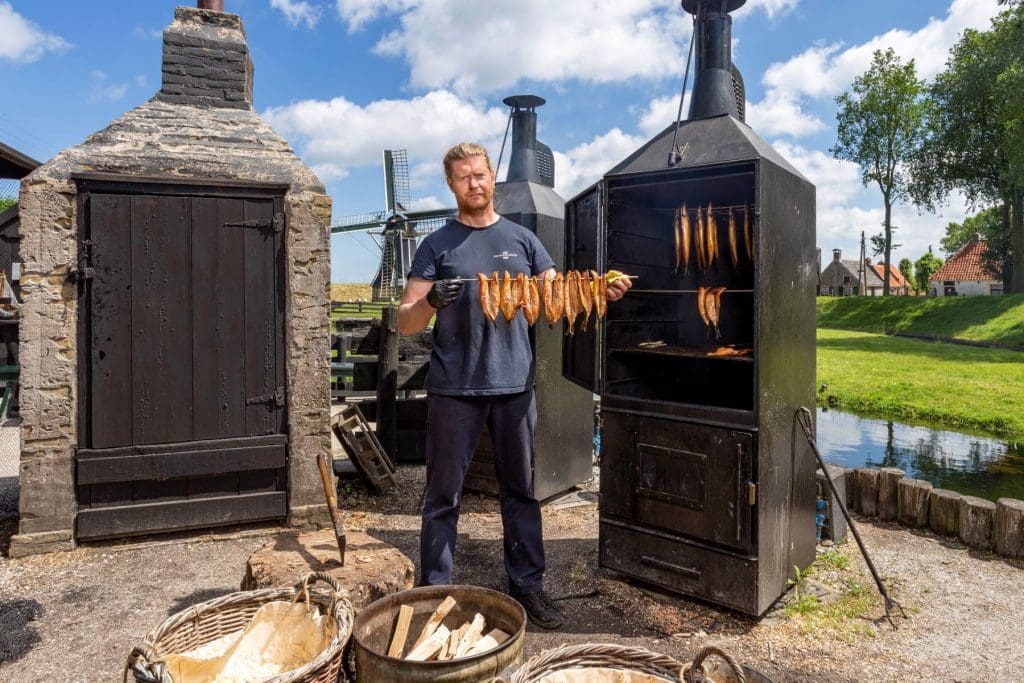
Preservation of the old ways is taken literally at the Zuiderzeemuseum, 48 miles north east of Haarlem on the shores of Holland’s lake Markemeer. This remarkable place is a realisation of a 19th-century inland village, constructed from original buildings, brick by brick, or transported whole, from the former Zuiderzee region on the west side of Markemeer.
One arrives by boat to a life-size model village and finds artisans baking and basket weaving. There’s a cute little sweet shop stacked with large candy jars and a busy fish-smoking enterprise offering tasty morsels of herring and salmon. There’s even a health and safety-flouting blacksmith, hammering away on an anvil, sparks flying. Everyone is in full costume and their wares are for sale. The village was conceived of 75 years ago but opened on this site in 1983. Most striking is the perfect little chapel from Den Oever, its delicate bricks lovingly put together on site.
How different from today is this sepia postcard of a place, so neat and slow the pace of life.
Haarlem Things To See
If you are looking for things to do in Haarlem Holland, we suggest you go to the Visit Haarlem website.
Haarlem Hotels
There is plenty of Haarlem accommodation, Rob stayed at the central Amrath Grand Hotel Frans Hals, which comes recommended.
